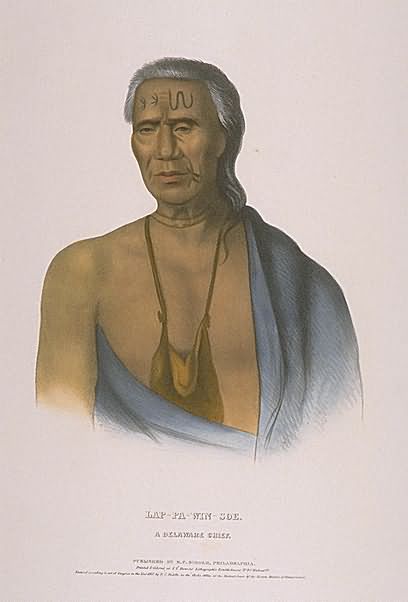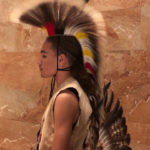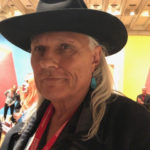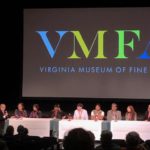The Shawnee, Colonel Morgan, and the Treaty of 1776
Take a read through pretty much any high school history textbook, and you’ll find what I initially did about the Shawnee in 1776. They, like all Native Americans, were supposedly choosing sides between the Colonists and the British. Take a visit to many museums, like the Fort Pitt museum, and you’ll see over-told tales of the Shawnee capturing white settlers. Clearly they do not know about Colonel Morgan, Gregory Schaaf, or the treaty of 1776.
Who was Colonel Morgan?
Colonel Morgan was the Indian Commissioner for the Colonies in 1776. He was also good friend to the Delaware, the Iroquois, and he spoke a multitude of languages—so endeared was he to the Indians, that they gave him nicknames like “Council House” and “Brother Tamanend.” In the fall of 1776, he called a treaty of all Indian Nations to meet in Fort Pitt to discuss the issue at hand. Land.
The Native Americans Came to Fort Pitt in 1776 to Discuss Land Rights
The Treaty of Fort Stanwix in 1768 had drawn a dividing line down the middle of the land at Fort Pitt. The east belonged to the British and west of that line belonged to the Native Americans. When the colonists separated from Britain, that treaty went kaput, and the land was once again up for grabs. Additionally, the land hadn’t been yet surveyed that far west, so it wasn’t certain if Fort Pitt sat upon Pennsylvania or Virginia soil. And to make matters worse, George Washington himself was speculating on land—including about 1500 acres in and around Fort Pitt.
To the Shawnee, and many of the Indian nations, it was their sacred hunting ground. Just as it always had been. So over 650 Native Americans from more than six nations came to Fort Pitt to meet with Morgan, this last week of October, 1776. That included Netawatees, grandfather to the Delaware, who was nearing 100.

How Do We Know The First American-Indian Treaty was in 1776?
We can thank both Colonel Morgan and Gregory Schaaf. Schaaf was working on a dissertation back in the 1980s. He was convinced that there was more to this October 1776 treaty than had previously been discovered. I had seen only one line about it, and I hunted, too. I found Gregory Schaaf, and Gregory Schaaf had been persistent. After knocking on the door of several of Morgan’s descendants, one of them called him to say… wait for it… “here’s a packet of letters and documents I came across in an old chest.”
It included a 73-page journal written by Colonel Morgan, the Indian Agent who had invited everyone to Fort Pitt. An article in People Magazine, described Schaaf’s find as “The Mother Load.”
It was to me, too. The treaty, and the results from it, were described by Morgan. Schaaf transcribed the journal, added his interpretations, and I used it and other sources to frame the facts of the treaty in my historical novel.
So, What Was the Result of the Treaty of 1776?
Keep in mind that treaties like this were often discussions, from which written appeals or pleas were developed. Not always were lines drawn, and land divided. In this case, the Shawnee, along with the Iroquois, the Munsee, the Delawares, the Mohicans, and other nations, drew up a request for Congress, submitting a plea they hoped would resonate with the men who had drafted the Declaration of Independence. The Indians asked for a right to political sovereignty, to religious freedom, and a fair piece or payment for their tribal hunting grounds.
And in exchange for agreeing to stay out of the “White Man’s War”—choosing the side of neither the colonists nor the British—the Native Americans asked for just three rights in exchange. Three little ideals they knew the colonists would find familiar:
“Life, liberty, and the pursuit of happiness.”
That puts our founding document in a new light now, doesn’t it? What a different world we would live in now if, back then, the ideals of one group had been expanded and designed to include the others.
. . . . . . . . . . . . . . . . . . . . . . . . . . . . . .
Reader Insights: To read more about the Treaty and what happened beyond 1776, stay tuned or pick up my novel, CARRYING INDEPENDENCE. I’m forever grateful to historians like Gregory Schaaf and Colin Calloway who helped me with my research, and who are striving to tell the Indian story faithfully in part by constantly seeking new information.
I think it’s also fair that Native Americans be given the opportunity and the means to tell their own stories. As such, a portion of the proceeds of my novel are being donated to the DAR American Indian Scholarship Fund. I hope you’ll donate, too.
. . . . . . . . . . . . . . . . . . . . . . . . . . . . . .
For more history nerd posts like these, subscribe to the blog. Guest posts are welcomed and encouraged. Contact me for details.






